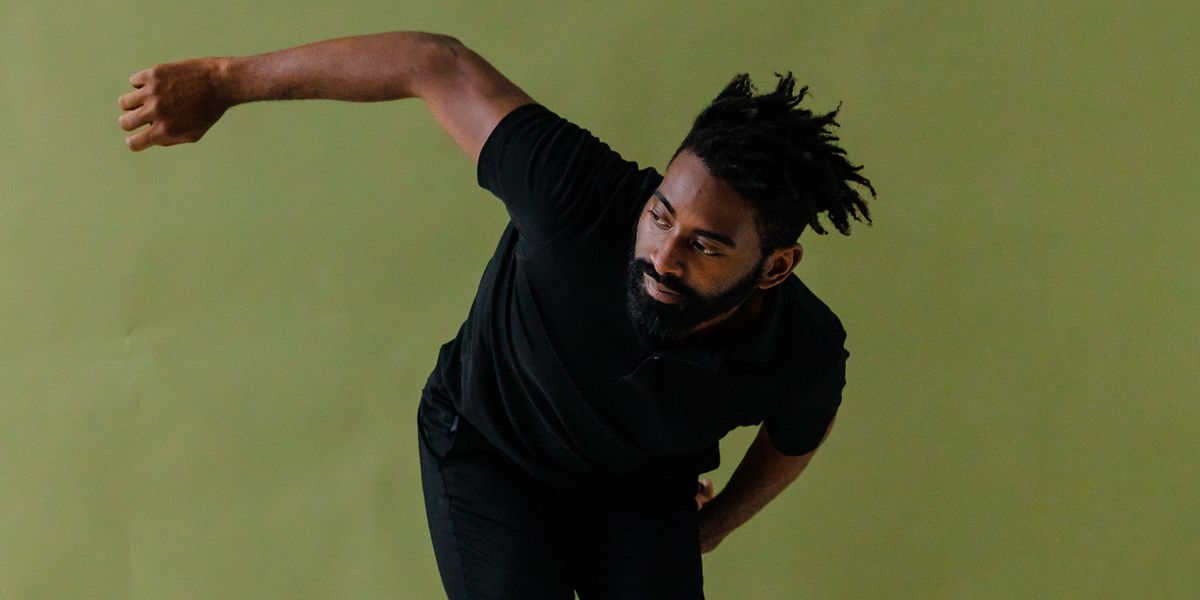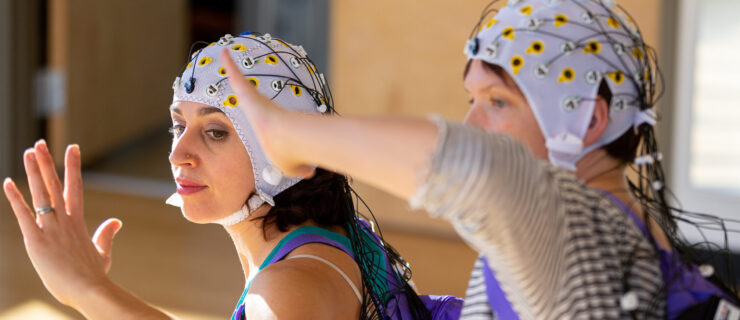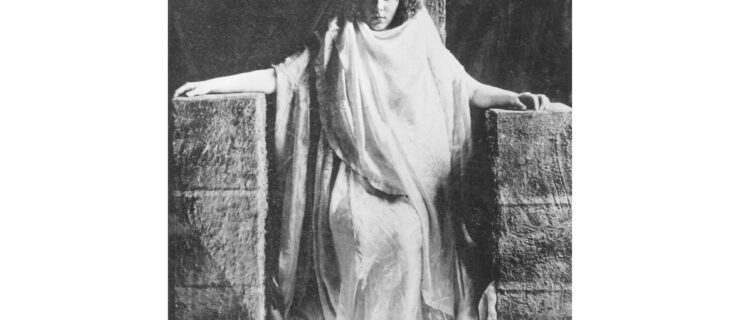How This Dancer with Cerebral Palsy Stays Performance-Ready
As a dancer with hemiplegia cerebral palsy, Jerron Herman has never been far from the physical therapy room—or an occupational therapist or some kind of medical interventionist. “I’m almost always in deep conversation with that kind of practitioner,” says Herman, who performs with Heidi Latsky Dance.
It’s part of keeping his body ready to dance—and to move throughout his daily life. Herman shared his routine with Dance Magazine.
What his cross-training looks like:
Hemiplegia cerebral palsy affects motor control and muscle tone on one side of the body. For Herman, it’s his left side. Much of his conditioning practice includes one-sided or one-legged activities to strengthen that side.
“I’ll really focus on alignment, making sure that I’m tall and long in my torso and in my back,” he says. “I’ll do a lot of planks, a lot of lifting through my pelvis. It’s always a conversation with my left side.” Swimming—freestyle and butterfly—is an occasional part of his routine, too. “That loosens up my joints,” he says.
How he integrates breath:
He is also a big fan of breathing techniques, which he first learned about from Latsky. “Breathing correctly is essential to executing her movement,” says Herman.
While working out, he likes to practice box breathing. In this technique, you hold and release breath for extended periods of time, says Herman. For example, you might inhale for five seconds, hold that breath for five seconds, and then release it over five seconds. The interval lengths increase over time.
While warming up, he’ll practice sipping breath. Breath is drawn up into the body with what Herman calls “extreme intention.” With eyes closed, imagine that air is filling up your body through a straw. Take long, deep breaths, tightening the back of the throat to send air to the head cavity and the belly. Exhale audibly, restraining the air as it exits. “It’s so intense,” Herman says. “I could levitate.”
Why dancing is integral to his daily life:
Herman’s cerebral palsy hasn’t stopped his dancing by any means—in fact, it’s fostered a constant interplay between his professional and daily life. “Dance is integral,” he says. “There isn’t a sense of boundary or separation from my personal physical life and my professional life. The physicality that I employ as a regular person is because of dance. I’m preparing for the next performance, and I also need to buy groceries and walk to appointments.”




